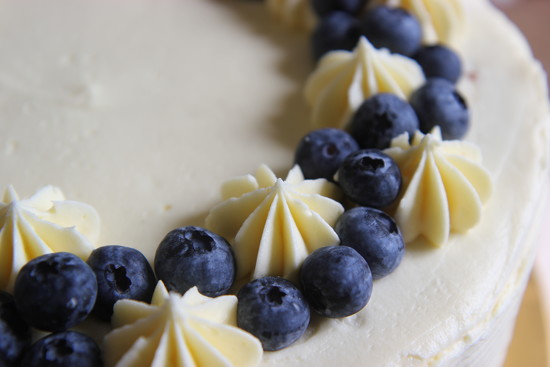Mouthwatering images of food instantly tap into our taste buds, but to get that result you need to make your picture itself good enough to eat! Try out these tricks, tips and techniques for great foodie photos!
Set the scene
As with any still life image, you need to pay attention to the ‘stuff’ surrounding the subject of your photograph. Think of it as a stage, consider what props are needed to set the scene, but do avoid cluttering. A strategically placed fork (well polished of course), a crisp napkin, or a delicate doily under a plate can all help to bring out the best in a shot. Play around with placement too; an out of focus wine glass in the background will add an extra dimension to a meal in focus in the foreground.
Curate the plate
Think colour and composition. The way the food is set out on a plate will change the aesthetic balance of your image. I suggest researching images in recipe books and foodie columns in magazines for ideas. You will soon be seeing sprigs of parsley and slices of lemon as essential accessories for a successful shot, much the same way a fashion photographer sees a pair of killer heels as a finishing touch to a photoshoot.
Top Tip
Keep it fresh! To get food looking it’s best, you have to get in quick for a picture. Wilting salad leaves do nothing for the look of a lovely dinner!
Angles
Some say you should avoid taking a photos of food from overhead, I think it depends on what you are trying to achieve. Overhead shots can give an abstract, detached or documentary style feel, which ultimately work well as a series.
The varying textures of food do of course cry out for macro photography; getting up close with an angle of 45 degrees gives a classic food photography result.
As always though – experiment! Find your style and do what suits the subject.
Lighting
Go for natural light, it helps the viewer connect with your image. Food is such a natural part of our everyday life that unnatural lighting can quite easily make something that is appetizing look revolting!
Light from a nearby window is always a winner. You can always use a flash and bounce it off a nearby surface to overcome harsh shadows. It is not recommended to use a direct flash when photographing food, it has a tendency to give that unappetizing look we want to avoid. However, a light box can be a good source of diffused light if needed.
Making it look mouthwatering!
There are some clever tricks that can add a finishing touch to make food even more photogenic. Try these tips out for size:
Get meat, fish and hot veg to glisten by brushing olive oil over the top.
Make food look piping hot by placing a small dish of boiling water behind it, the rising steam will look like it is coming from the food.
Spritz salad and fruit with water for a dewy fresh look.
Have you got any tips to share with other 365ers to take food photography to the next level? Share your ideas - and your pictures – below!




